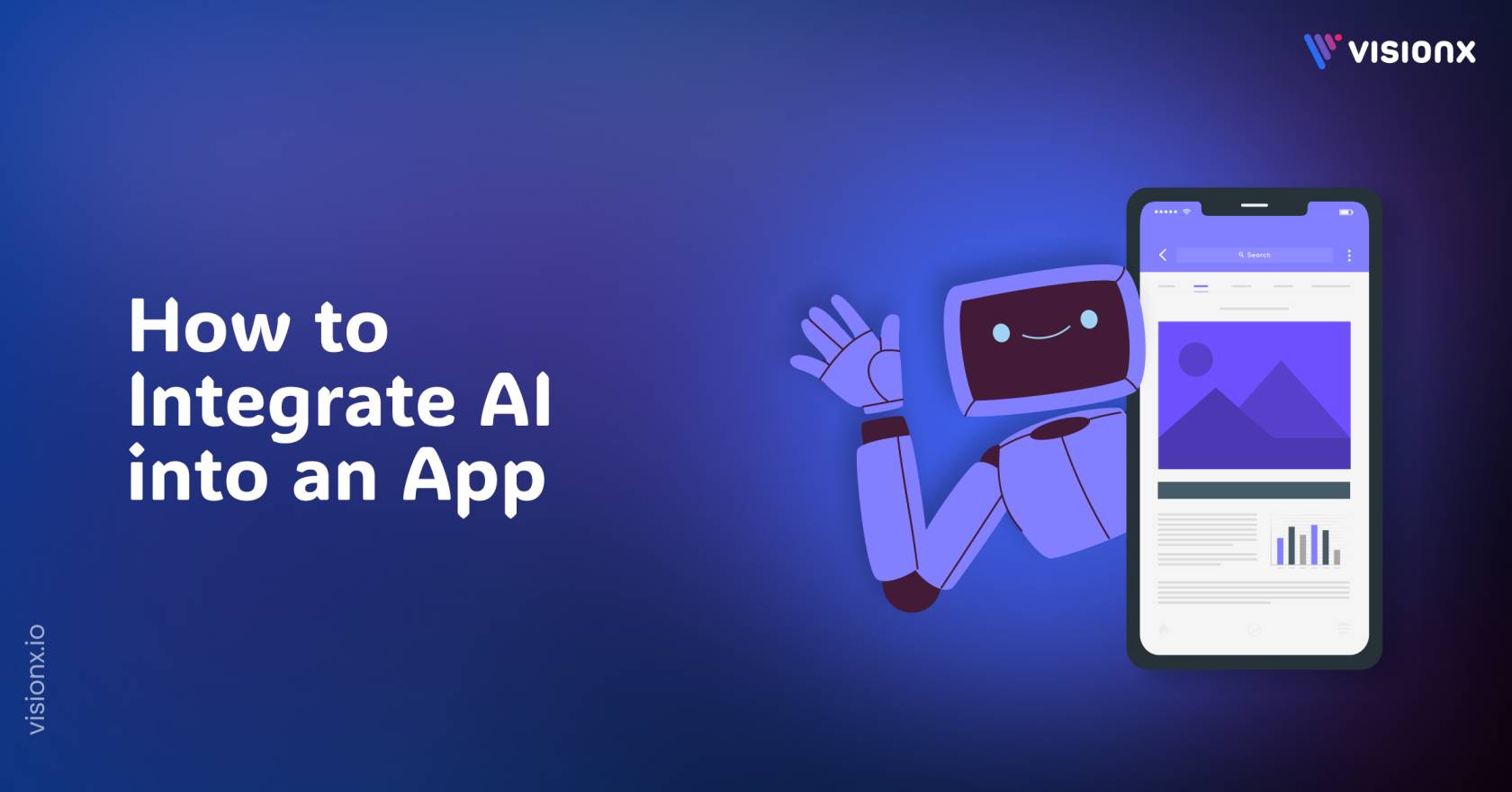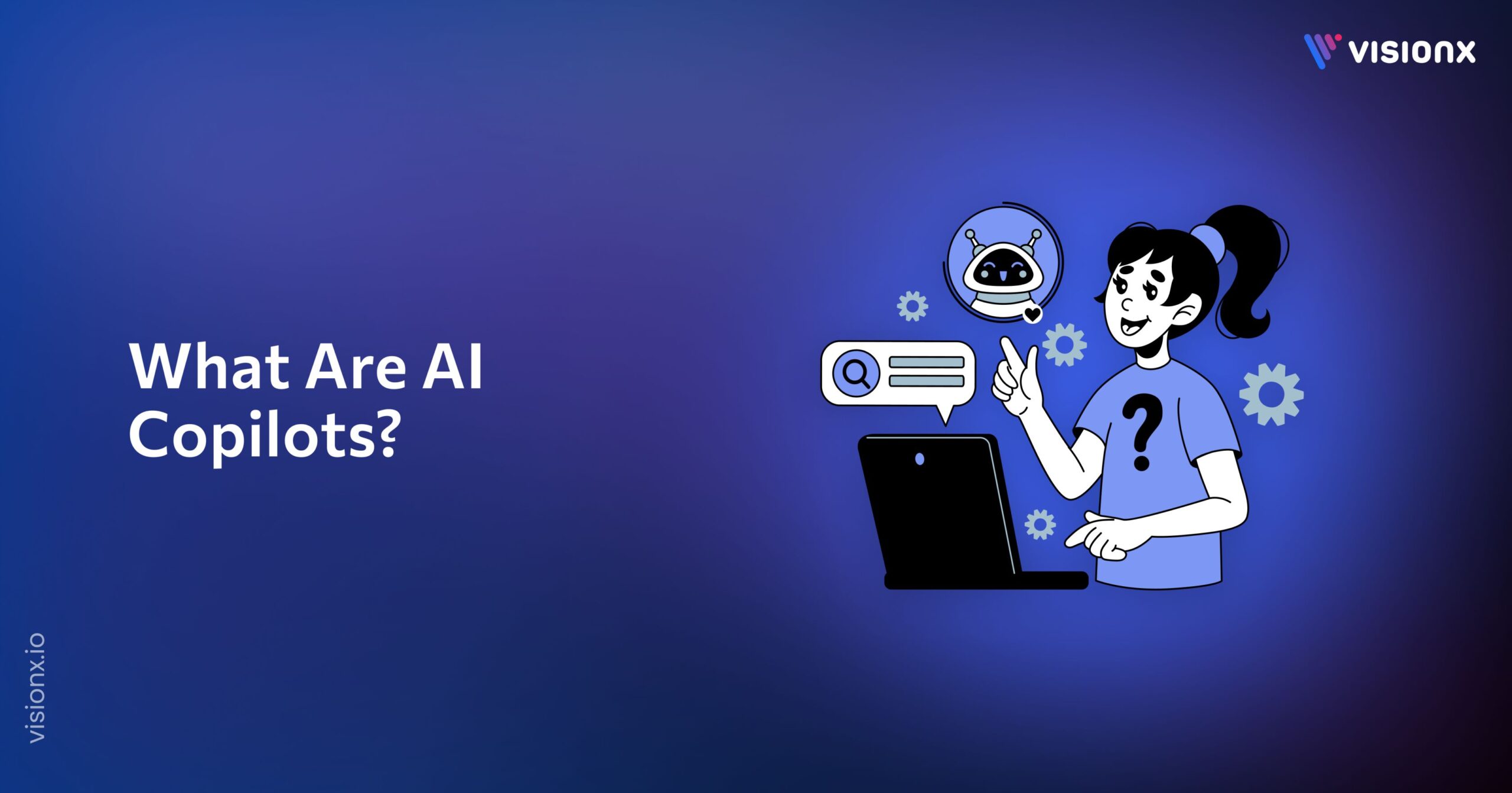What if one feature in your app could boost engagement, create a personal touch, and help your product stand out?
In early 2024, Duolingo rolled out a new AI-powered language coach built on advanced artificial intelligence models. It not only corrected grammar but also adjusted to each learner’s pace, tone, and habits in real time. And what was the result? A massive spike in user engagement and glowing feedback across the board. It was a clear sign that when you integrate AI into an app the right way, it can transform a basic app into something users rely on and talk about.
That kind of impact isn’t rare anymore. With the right AI features, your app can do more. It can adapt to users, respond in real-time, and become smarter with each tap. If you’re thinking about what’s next for your product, AI might be the answer.
The global AI market is growing quickly. Analysts expect it to expand from $371.7 billion in 2025 to $2.4 trillion by 2032. That massive growth shows just how much opportunity there is once you start building AI projects that deliver value.
This guide will walk you through a simple process on how to integrate AI into your app to bring real value. Whether you’re building something new or improving what you already have, this is where you start.
Why Integrate AI into Your App?
Over 78% of global companies now use AI in at least one business function. And nearly 9 out of 10 plan to increase their AI investment in the coming years. That tells you what users expect and what wins in the marketplace. If you design your app wisely, it can boost engagement, give more options, and show clear value.
Want your app to know what users like? Use AI algorithms. Need fast support or smart results? AI systems can take care of that. With tools like predictive analytics and recommendation systems, you can guide users in a way that feels natural and smooth.
And here’s what most people miss. You don’t need to tear everything down. A few smart AI features in the right places can shift the whole experience.
Here’s what AI can add to your app:
- A smooth, personal user experience
- Smarter content or product tips through recommendation systems
- Spot clear trends with predictive analytics
- Fast answers through AI-powered tools
- Fraud alerts in real time
- Better decisions with help from trusted AI solutions
A 7-Step Guide to Integrating AI into Your App
You’ve seen what AI can do for apps like Duolingo, Amazon, and Netflix. It powers smarter content, faster support, and real-time insights that keep users coming back.
If you lead a product team or build software, you might wonder: how do we do that? How do we integrate AI into an app in a way that actually solves a problem?
And the answer is, AI doesn’t work as a plug-in. It’s a whole process. It needs a clear purpose, the right model, and a roadmap that fits your product. That’s why I’ve laid out a 7-step guide, built for teams who want practical results.
Step 1: Identify the Right AI Use Case
Before anything else, focus on the real problem. Ask yourself: where does your app fall short? Do users drop off after onboarding? Do they struggle to find what they need? Do support tickets pile up?
You don’t need AI everywhere. You only need it where it matters. Pinpoint one clear use case where AI algorithms can give your users faster answers, smarter results, or fewer steps. For example, if you run a retail app, you might add a recommendation system to guide purchases.
Strong AI starts with one goal, one pain point, and one clear way to fix it. Don’t try to solve everything. Just solve one thing well.
Step 2: Choose the Right AI Technologies and Models
Once you lock in your use case, the next step is to choose tools that fit. Not every problem needs deep learning or neural networks. You may need a basic AI model to sort user input. Or, you might want a more advanced system for real-time decisions.
Let the use case guide your tech stack. If you want your app to adjust quickly during live sessions? Choose tools that support real-time responses.
Examples of AI technologies:
- Predictive Analytics
- TensorFlow
- PyTorch
Your goal here is to avoid overbuilding. Pick tech that does the job. No more, no less.
Step 3: Estimate Costs, Time, and Resource Requirements
Before you build anything, get clear on what it will take. AI adds power, but it also adds complexity. You need to know how much time, money, and talent you’ll need to launch and maintain it.
Start with the scope. A simple AI feature like auto-tagging or product suggestions may take a few weeks. A full AI system with custom machine learning models and real-time feedback could take months. Look at what skills you already have in-house and where you need to hire an external team.
Factor in model training, data prep, infrastructure, testing, and updates. Don’t forget ongoing costs. AI solutions need regular tuning to stay accurate and useful.
Plan smart, and avoid surprises. A realistic estimate keeps your AI project on track and your business goals in focus.
Step 4: Build the AI Integration Plan
Now it’s time to map out how to integrate AI into an app without breaking what already works. This step connects your tech choices, timelines, and goals into a clear path forward.
Start with your architecture. Decide where the AI model fits: on the server, in the cloud, or on the device. Plan how it connects with your current backend and APIs. Align your AI flow with your product logic so that nothing feels out of place for the user.
Set key phases. First, train and validate the model. Next, plug it into a controlled version of your app. Then, open it to real users in small batches. Make sure each part of your plan lines up with your resources, deadlines, and user experience goals.
Step 5: Ensure AI Security, Compliance, and Ethics
AI can drive growth, but it can also create risks. Before you go live, make sure your app respects user rights and meets industry standards. This step builds trust and protects your brand.
Start with security. Guard your AI systems from threats. Lock down user data, limit access, and use encryption where needed. Make sure your models avoid leakage of sensitive data through responses.
Now step back and ask yourself:
- Does your app collect or store any user data through AI-powered features?
- What laws or industry standards apply to your use of AI algorithms?
- Could your AI model produce biased, false, or harmful results?
Next, focus on compliance. Follow privacy laws like GDPR or CCPA. If your app handles financial, health, or location data, double-check the rules that apply. Document your process to show transparency.
Ethics matter too. Check for bias in your model. Be honest with users, tell them when they interact with AI. Give them control where it makes sense.
Step 6: Test, Deploy, and Monitor
You’ve built your AI features, now make sure they actually work. This step helps you launch with confidence and keep your AI systems on track.
Test
Start with a full round of internal checks. Use sample data, edge cases, and different user flows. Focus on how your AI model handles bad inputs, fast changes, or large data loads. If you use a recommendation system, ask yourself: Does it serve new, relevant results, or repeat the same ones?
Look for gaps in output, logic errors, or poor user experience. Fix issues now so they don’t affect real users later.
Deploy
Once your tests pass, go live, but not all at once. Use a soft launch or A/B test to release the feature to a small group. Track what changes. Focus on user engagement, output accuracy, and speed. Use these early signals to fine-tune your setup.
A full launch only works when early users show real value in the feature.
Monitor
After launch, don’t step away. Watch the feature in real time. Set alerts for slow response, model drift, or failed predictions. Collect user feedback. Your AI will need updates, retraining, or tuning over time, so plan for that from day one.
Step 7: Scale AI Features Over Time
You’ve made it past launch, but that’s just the start. Once your first feature proves its value, you can expand with purpose. This step is where you move from testing ideas to shaping long-term product direction.
Scaling starts with insight. Look at what drives real use. Which tools improve retention or raise satisfaction? Instead of adding AI for the sake of it, grow based on what users actually need. That’s the smart way to approach AI integration at scale.
As your app grows, you can move from a single AI model to layered AI capabilities. Add predictive analytics where timing matters. Use smarter flows to boost conversion or speed. Expand from one feature to a broader system, one that supports smarter decisions across the app.
Growth doesn’t mean complexity. It means focus. Add only what moves your product forward.
Common Mistakes to Avoid
When you explore how to integrate AI into an app, the right approach sets you apart, but the wrong steps can slow you down. Avoid these common pitfalls to keep your AI roadmap on track:
- Chasing hype without a clear goal: Not every app needs a chatbot or AI-powered tool. Start with a real need, not a trend.
- Skipping proper data checks: Poor data leads to flawed results. If your AI algorithms learn from messy or biased input, they won’t give value.
- Underestimating cost and effort: Training a custom AI model or adding real-time features usually takes more time and resources than you think.
- Ignoring compliance and ethics: You must protect user data and stay within legal limits. Neglecting this can lead to a loss of trust or worse.
- No plan for updates: AI systems don’t stay sharp forever. Failing to track and improve your setup can reduce its impact over time.
Struggling with Integrating AI in an App the Right Way?
If you’ve made it this far, you already see the value AI can bring. But turning that vision into a real product takes more than ambition. It takes the right partner.
That’s where VisionX steps in.
We help businesses create, plan, and launch AI solutions that solve real issues. We help you choose the best AI model. Then, we build secure and scalable features. Our team works closely with you to ensure every step meets your goals. We focus on making your app effective and easy to use. This includes machine learning, predictive analytics, and AI automation.
We bring extensive experience in product development and AI strategy. This way, we eliminate the guesswork in integration and help you scale confidently.
You’ve got the idea. We’ve got the team to build it. Let’s make it happen.
FAQs
Can I integrate AI into my app?
Yes, you can. You can add AI to your app, whether you run a startup or a big company. Just set a clear goal and choose the right tools. Features like recommendation systems, real-time insights, and AI chat are common in today's apps. They help users find what they want and stay engaged.
How to implement AI in an application?
Start by identifying the right use case. Choose the right AI framework or model, like TensorFlow or PyTorch. Plan your data flow. Build the architecture and test it thoroughly. If you're unsure where to begin, partnering with experts helps simplify the process.
How to integrate AI into a website?
Choose a use case like chatbots, personalization, or content generation. Then connect an AI API (like OpenAI or TensorFlow), set up your backend to handle data, and embed the results into your frontend. Keep performance and privacy in mind.
How has the integration of AI and machine learning impacted mobile technology?
AI and machine learning have made mobile apps smarter and more intuitive. Voice assistants, facial recognition, personalized content, and predictive text improve the user experience. They also boost security and app performance, often in real time.
About Author

M. Waqas Mushtaq is the Co-Founder and Managing Director of VisionX, whose passion for innovation fuels the company’s growth. Under his strategic direction, VisionX promotes a culture of excellence, solidifying its position as an industry leader.


